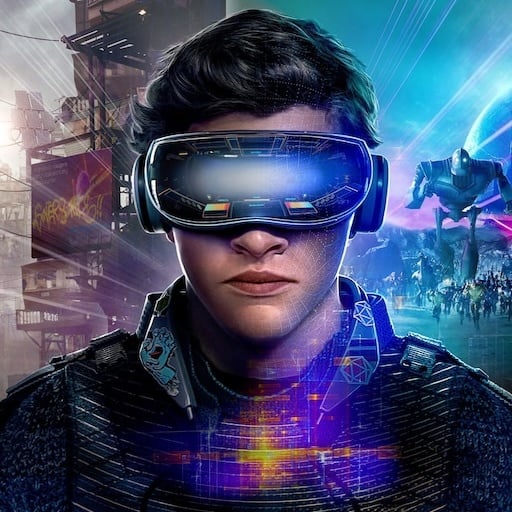HTC has unveiled the HTC Vive Vision — an upgrade to the Vive Focus 3 with core elements that are sure to appeal to the business community. I got to try out the new headset at the recent Shift Medical, an XR medical conference in Heidelberg, Germany, where we were on hand to share our expertise.
As mentioned at the beginning, this headset is not for XR enthusiasts. Even if HTC advertises it differently and wants to grab a piece of the consumer market, I see these VR headsets being used primarily in the business sector with customer contact.
They are rugged, easy to use, and designed for continuous use. I think the evolution from Focus 3 to Focus Vision with better pass-through, more stable processing in critical areas and permanent eye tracking is a good decision.
The use of the 3 year old XR2 instead of the current XR2 Gen 2 is a shame, but I think HTC knows its numbers and knows that its target audience is either using highly customized entertainment software anyway, or will switch to PC streaming in a heartbeat. Both are true for my customers who might be interested in this device.
The technical capabilities of the XR2 are rarely pushed to their limits in research projects or education. If it is, it is usually due to poor optimization or unfinished applications. Even an XR2 Gen 2 would not change that.
I think it’s great that HTC is another consistent manufacturer in this market and is consciously trying to differentiate itself from other devices to find its niche within the niche. I wish them good luck because this is precisely what the VR market needs.


